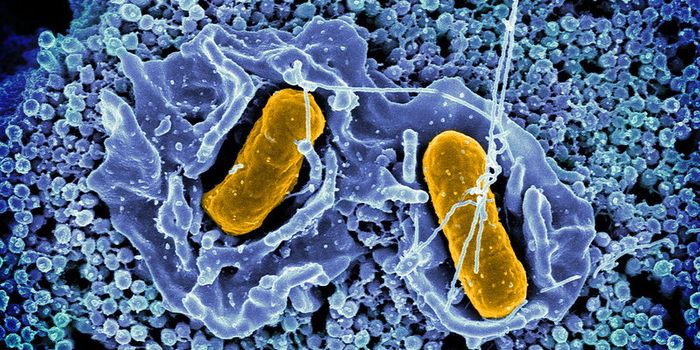Some SARS-CoV-2 Mutations Help the Virus Invade the Brain
Since the start of the COVID-19 pandemic, the virus that causes the illness - SARS-CoV-2 - has had innumerable opportunities to mutate and change, and the virus has certainly taken advantage of those chances. It has evolved through a variety of different variants including well known and widespread variants like Beta and Delta, eventually seeming to settle into the Omicron variant, which then started to evolve into subtypes. The so-called FLIRT group of Omicron variants is currently dominant in many countries; these variants seem to have taken different paths to the same set of mutations. New vaccine boosters that are now rolling out have been designed against a variant that is closely related to the current dominant strains.
Vaccinations are still recommended as a great way to prevent SARS-CoV-2 infection and reduce the likelihood of long COVID, which still affects millions of people around the world. Scientists are still learning about the causes of long COVID, which can lead to an array of different symptoms, and they are trying to create therapeutics to treat the disease. Many long COVID symptoms are related to the neurological system.
A new study has revealed mutations in the SARS-CoV-2 genome that can help the virus infect certain cells, including brain cells. These findings could help scientists develop effective treatments for long COVID. The findings have been reported in Nature Microbiology.
In this work, the researchers used a mouse model of SARS-CoV-2 infection, and viruses that had infected brain or lung cells in these animals were analyzed. The investigators determined that the protein that helps the cell gain entry into lung cells, the spike protein, had not changed much from the virus that initially caused the infection.
But brain cells had been infected by viral particles that carried spike proteins with mutations in a certain place. When viruses carrying these mutations were applied directly to the brains of mouse models, the mutations were not maintained as those viral particles moved to the lung. Therefore, the researchers suggested that certain mutations act in very specific ways to help the virus invade certain cell types.
"Looking at the genomes of viruses found in the brain compared to the lung, we found that viruses with a specific deletion in spike were much better at infecting the brains of these animals," explained co-corresponding study author Judd Hultquist, an assistant professor at Northwestern University Feinberg School of Medicine. "This was completely unexpected, but very exciting."
This part of the viral spike protein could also be important to managing or treating neurological issues in long COVID patients, said Hultquist.
"It's still not known if long COVID is caused by direct infection of cells in the brain or due to some adverse immune response that persists beyond the infection," Hultquist said. "If it is caused by infection of cells in the central nervous system, our study suggests there may be specific treatments that could work better than others in clearing the virus from this compartment."
Sources: Northwestern University, Nature Microbiology









